Starting your wine journey can feel pretty overwhelming when you’re staring at endless bottles with names you can’t pronounce from places you’ve never heard of. The good news? Some wine regions are way more beginner-friendly than others, offering approachable flavors and straightforward styles that won’t require a sommelier degree to appreciate.
These regions have built their reputations on wines that actually taste good to everyday wine drinkers, not just wine snobs.
Whether you’re planning a wine country trip or just want to know what to look for at the store, certain regions consistently produce wines that are perfect for developing your palate.
Here’s a list of 18 wine regions that’ll help you discover what you actually like without breaking the bank or your brain.
Napa Valley, California
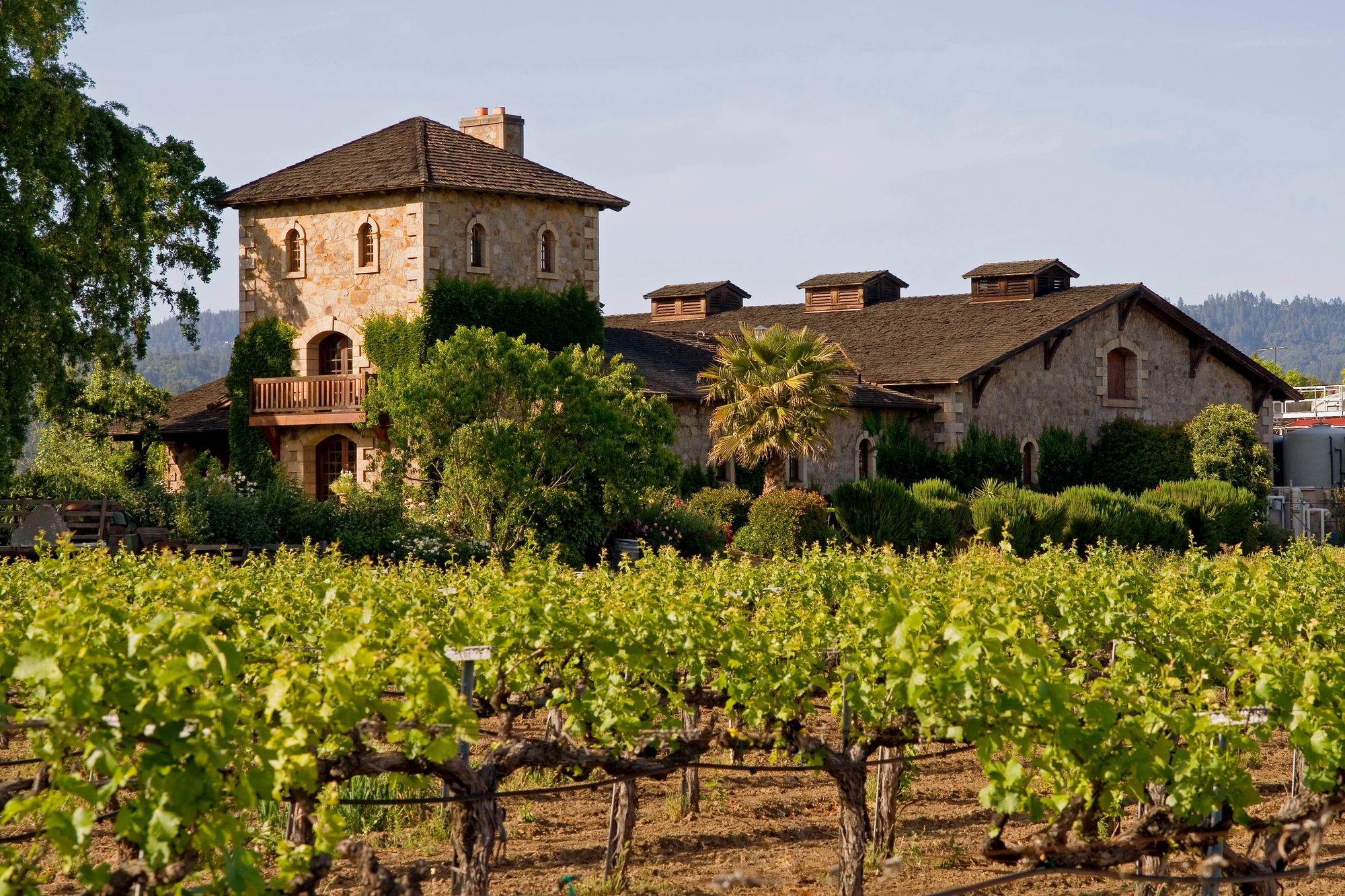
Napa Valley makes wines that taste like what most people think wine should taste like—rich, smooth, and approachable without being too weird or challenging. The region’s Cabernet Sauvignons are famous for good reason, offering bold fruit flavors that don’t require years of wine education to appreciate.
Most Napa wines are crafted with accessibility in mind, meaning they’re designed to taste good right when you open the bottle rather than needing to age in your basement for a decade.
Barossa Valley, Australia
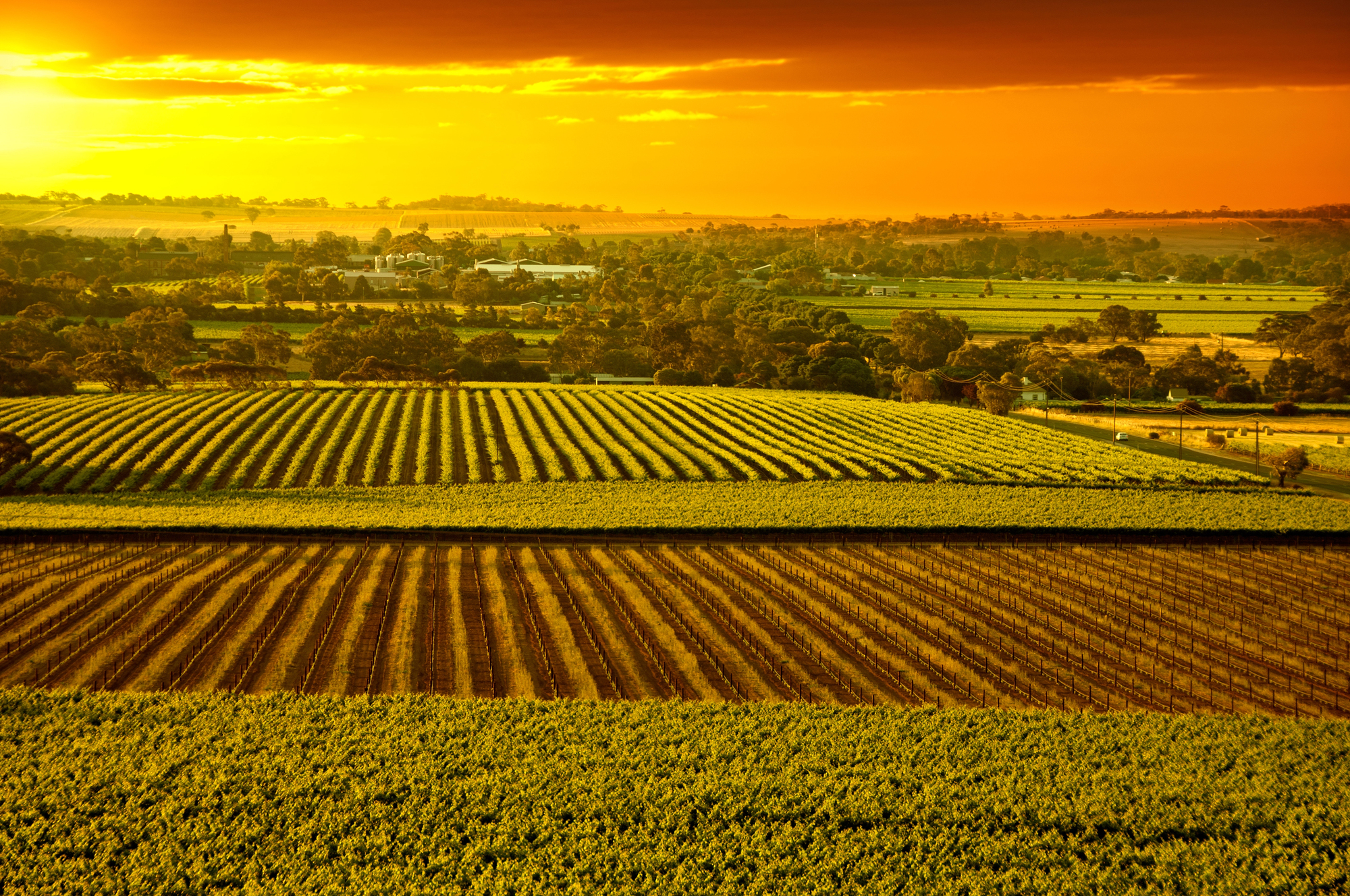
Australian wine regions don’t mess around with pretention—they make wines that are meant to be enjoyed, not analyzed to death. Barossa Valley specializes in Shiraz that’s bold, fruity, and incredibly food-friendly, plus their wine labels actually tell you what grape you’re drinking.
The whole region has this laid-back approach to winemaking that translates into bottles that taste great without requiring a PhD in viticulture to understand.
Loire Valley, France
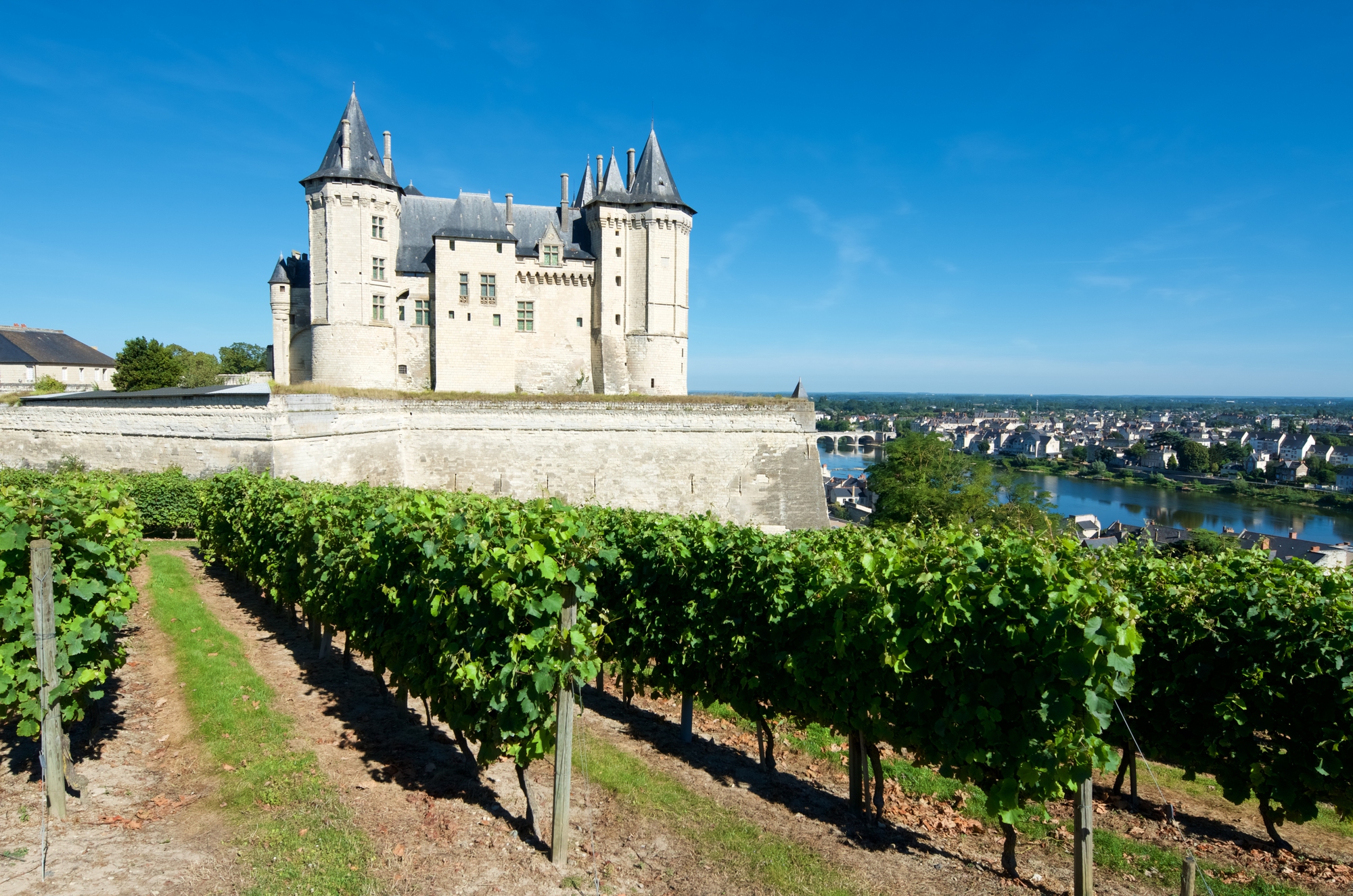
Don’t let the French location scare you away—Loire Valley produces some of the most beginner-friendly wines in all of France. Their Sauvignon Blancs are crisp and refreshing without being overly complex, while the reds tend to be lighter and more approachable than what you’d find in Bordeaux.
The region covers a lot of ground geographically, but the common thread is wines that pair well with food and don’t require deep contemplation to enjoy.
Like Travel Pug’s content? Follow us on MSN.
Marlborough, New Zealand
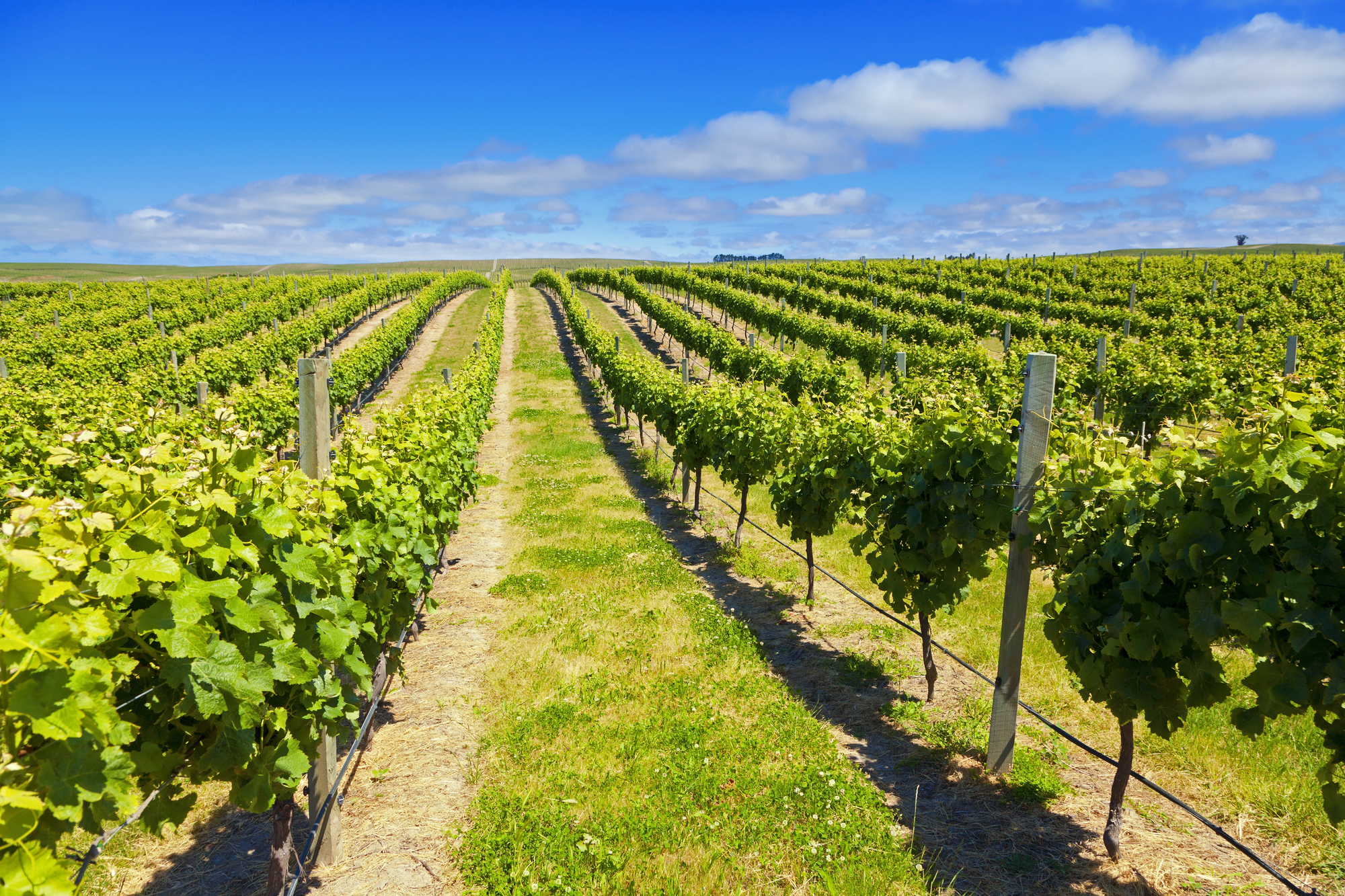
New Zealand’s Marlborough region put itself on the map with Sauvignon Blanc that’s so distinctive, you can spot it from across the room. These wines have this bright, grassy character that’s either love-it-or-hate-it, but most beginners find them refreshing and easy to drink.
The cool climate means the wines retain good acidity, making them perfect for pairing with food or just sipping on a warm afternoon.
Rioja, Spain
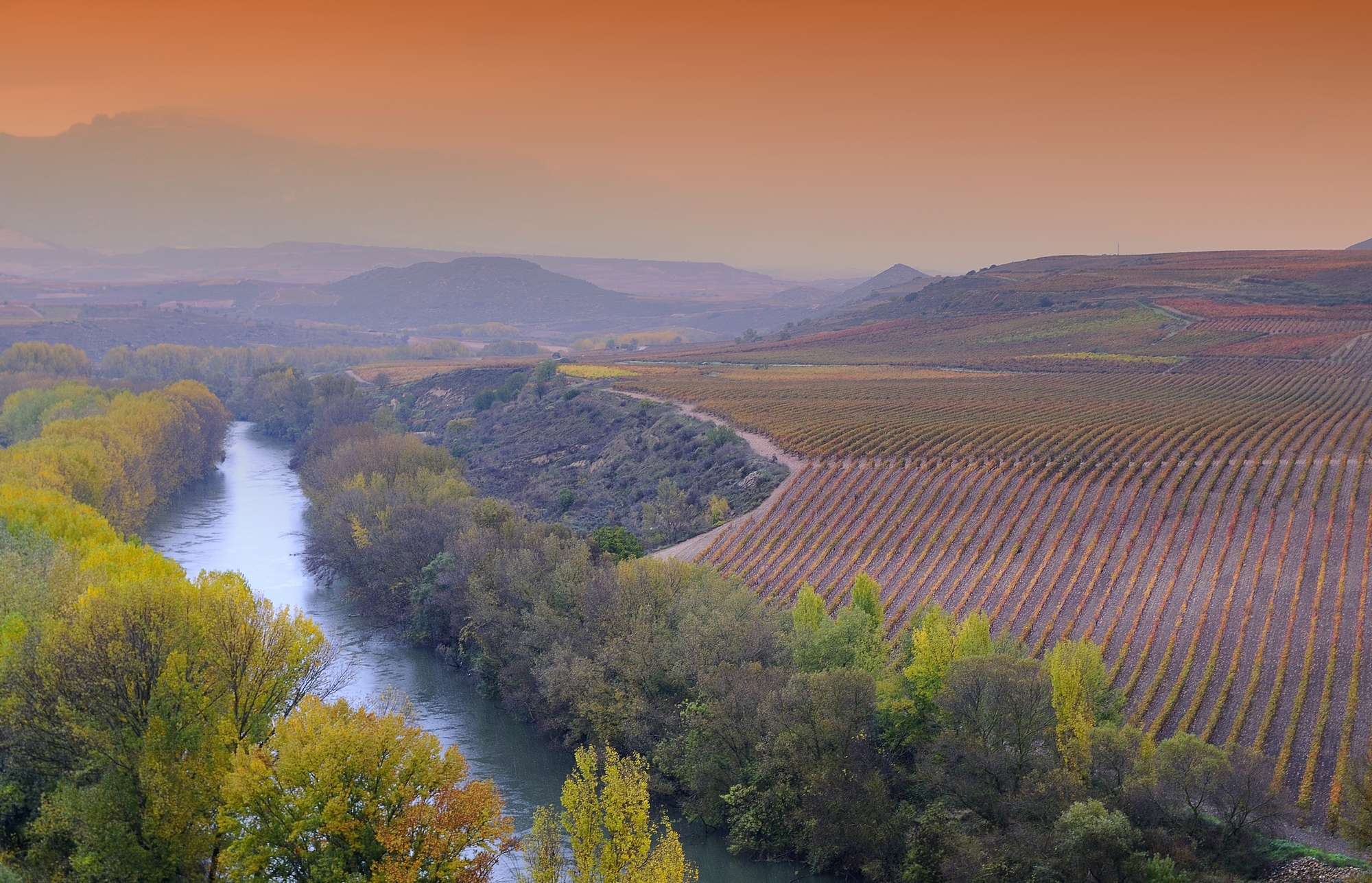
Spanish Rioja offers an excellent introduction to Old World winemaking without the intimidation factor of Burgundy or Barolo. The region’s Tempranillo-based wines are smooth and approachable, often aged in oak barrels that add vanilla and spice notes that most people find appealing.
Rioja wines are also fantastic value for money—you can get really good bottles without spending a fortune, which is perfect when you’re still figuring out your preferences.
Douro Valley, Portugal
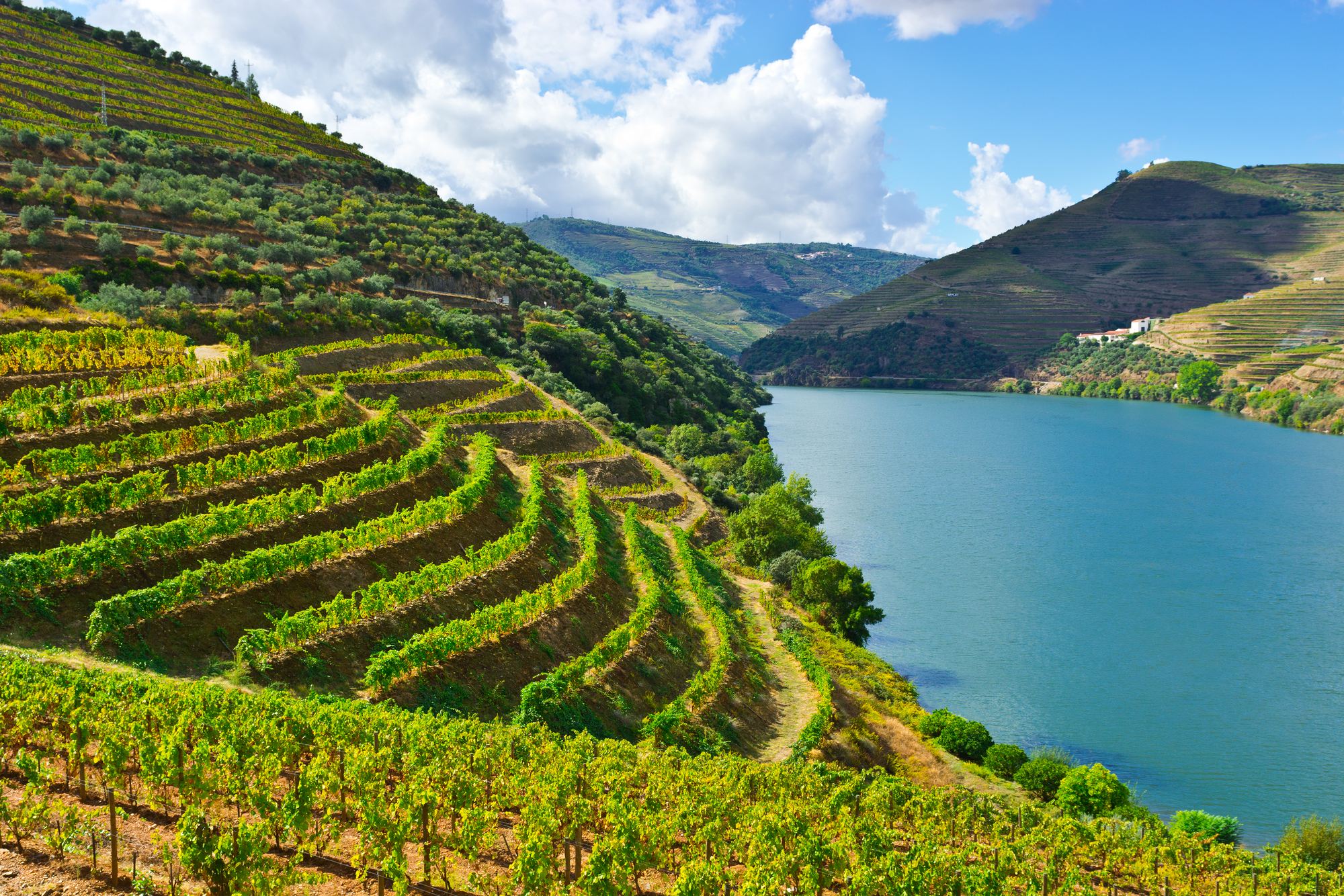
Portugal’s Douro Valley isn’t just about Port wine anymore—they’re making incredible dry reds that are perfect for beginners who want something different but not too out there. The region uses indigenous grape varieties that you won’t find anywhere else, but the resulting wines are approachable and food-friendly.
Plus, Portuguese wines offer amazing value since they haven’t been discovered by the mainstream wine world yet, meaning you can get exceptional quality without paying premium prices.
Like Travel Pug’s content? Follow us on MSN.
Mendoza, Argentina

Mendoza sits high in the foothills of the Andes Mountains, where the combination of altitude and sunshine creates ideal conditions for growing Malbec grapes. Argentine Malbec is like the friendly cousin of French wine—it has structure and complexity but won’t overwhelm your palate with tannins or weird, earthy flavors.
The wines are typically bold and fruity with smooth finishes that make them perfect for grilling season or just casual drinking.
Tuscany, Italy
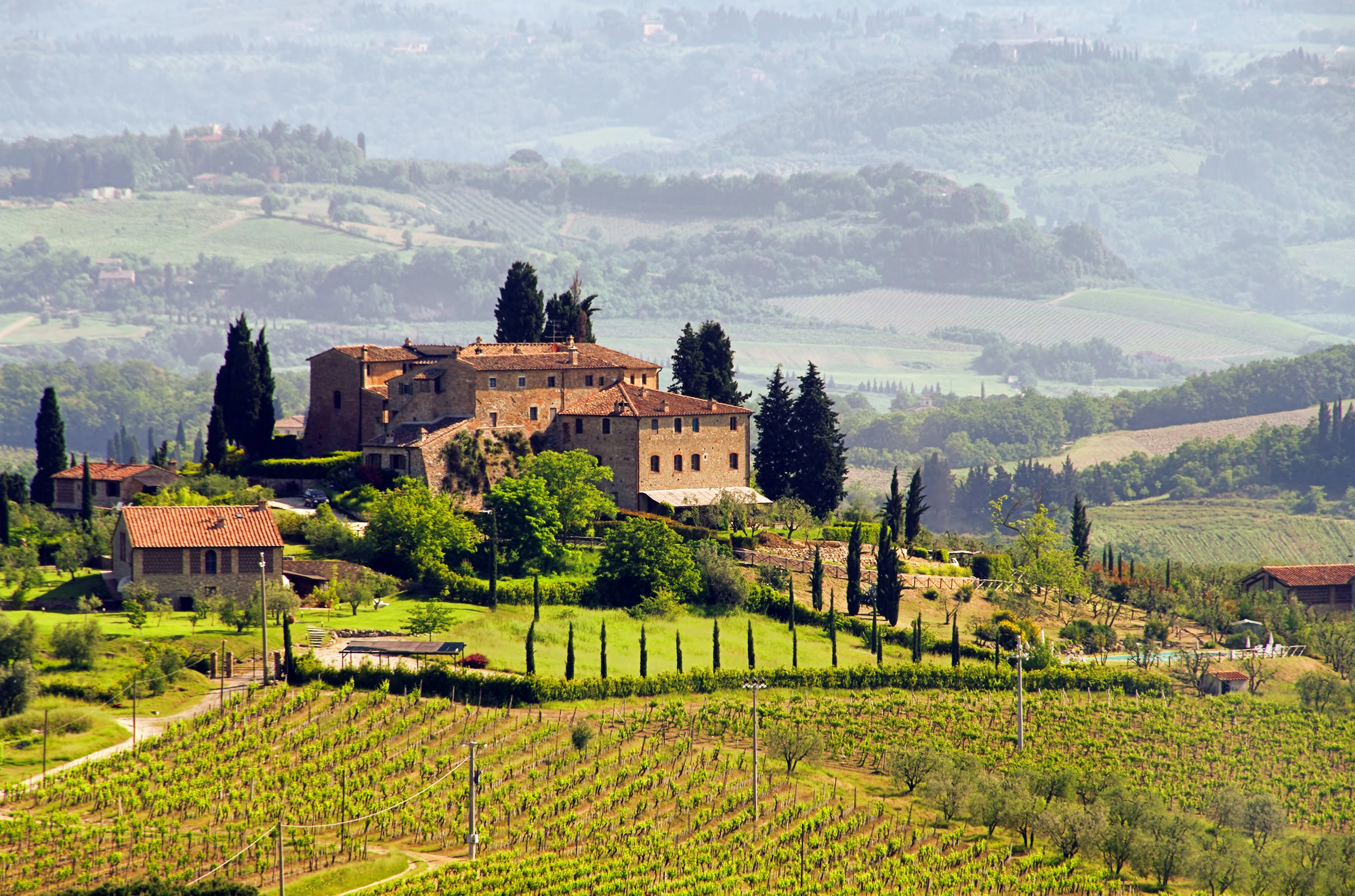
Tuscany produces wines that taste like what you’d imagine Italian wine should taste like—warm, inviting, and perfect with food. The region’s Chianti wines are made primarily from Sangiovese grapes, which create medium-bodied reds with bright acidity and food-friendly characteristics.
Most Tuscan wines are designed to complement meals rather than be the star of the show, making them ideal for beginners who want to explore wine and food pairing.
Willamette Valley, Oregon
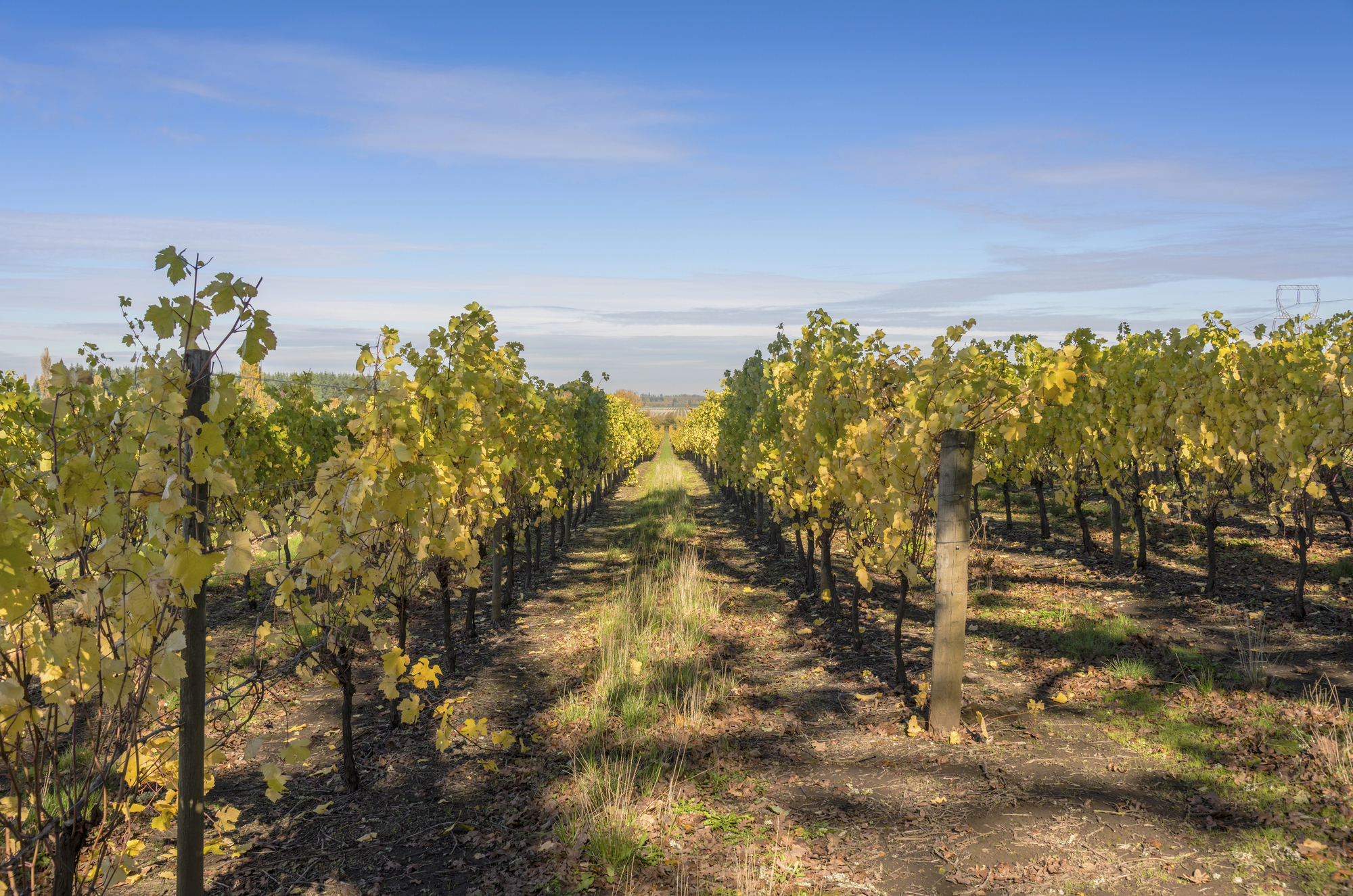
Oregon’s Willamette Valley specializes in Pinot Noir that’s more approachable than its famous Burgundian cousins but still maintains elegance and complexity. The cool climate keeps the wines fresh and balanced, avoiding the overly heavy characteristics that can overwhelm new wine drinkers.
The region also produces excellent Pinot Gris that’s crisp and versatile, perfect for people who want to explore beyond basic white wines.
Like Travel Pug’s content? Follow us on MSN.
Central Valley, Chile
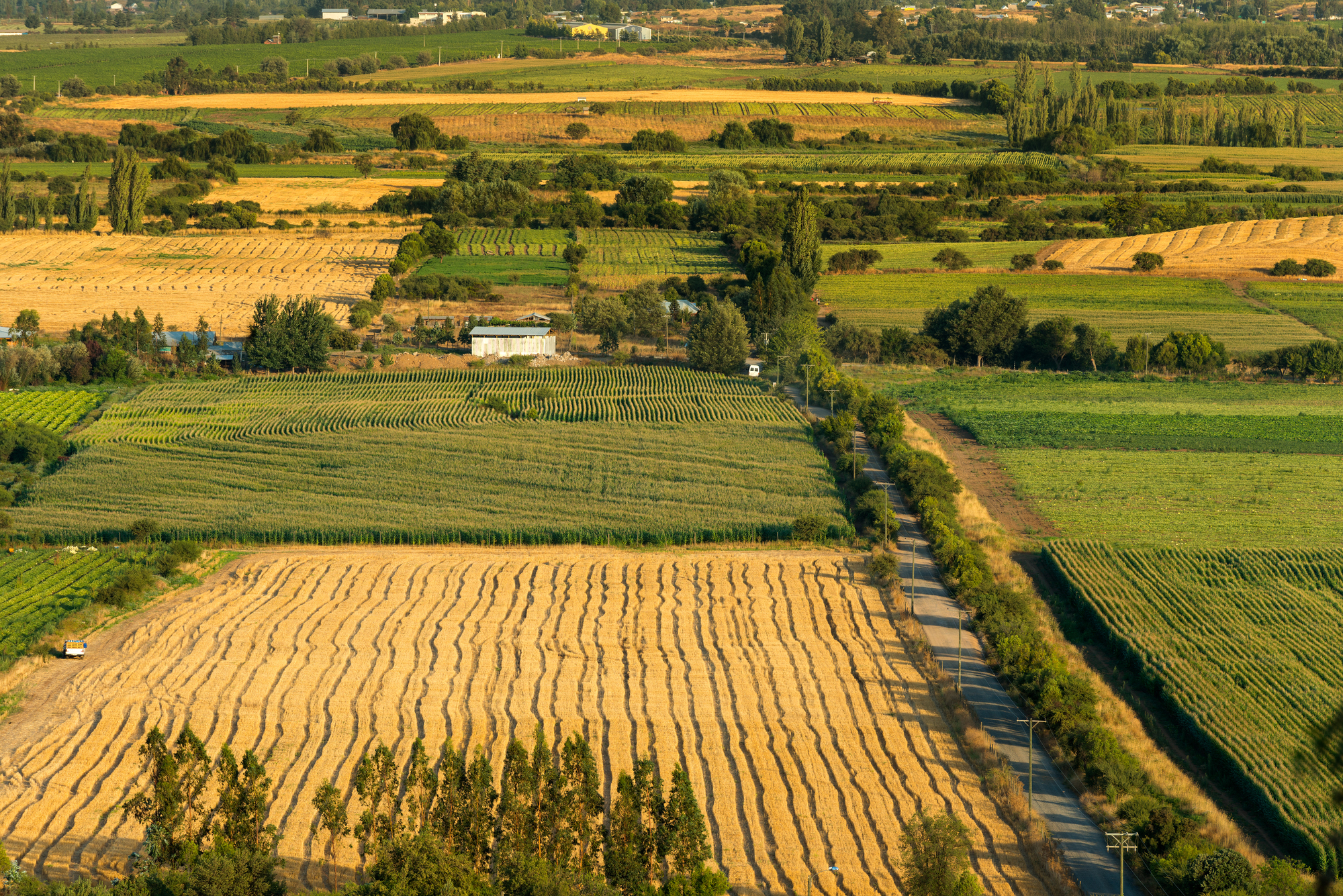
Chilean wines offer incredible value and consistency, making them perfect for beginners who want to explore different styles without spending a lot of money. The Central Valley region produces everything from light Sauvignon Blancs to robust Cabernet Sauvignons, all with clean, straightforward flavors that are easy to understand.
Chilean winemaking focuses on expressing fruit flavors clearly, which means you get wines that taste like what they’re supposed to taste like.
Finger Lakes, New York

New York’s Finger Lakes region has become famous for producing Rieslings that range from bone-dry to dessert-sweet, giving beginners a chance to explore the full spectrum of wine styles. The cool climate keeps acidity high, which makes these wines incredibly food-friendly and refreshing.
The region also produces decent Pinot Noirs and some interesting hybrid varieties that offer unique tasting experiences without being too challenging for developing palates.
Stellenbosch, South Africa
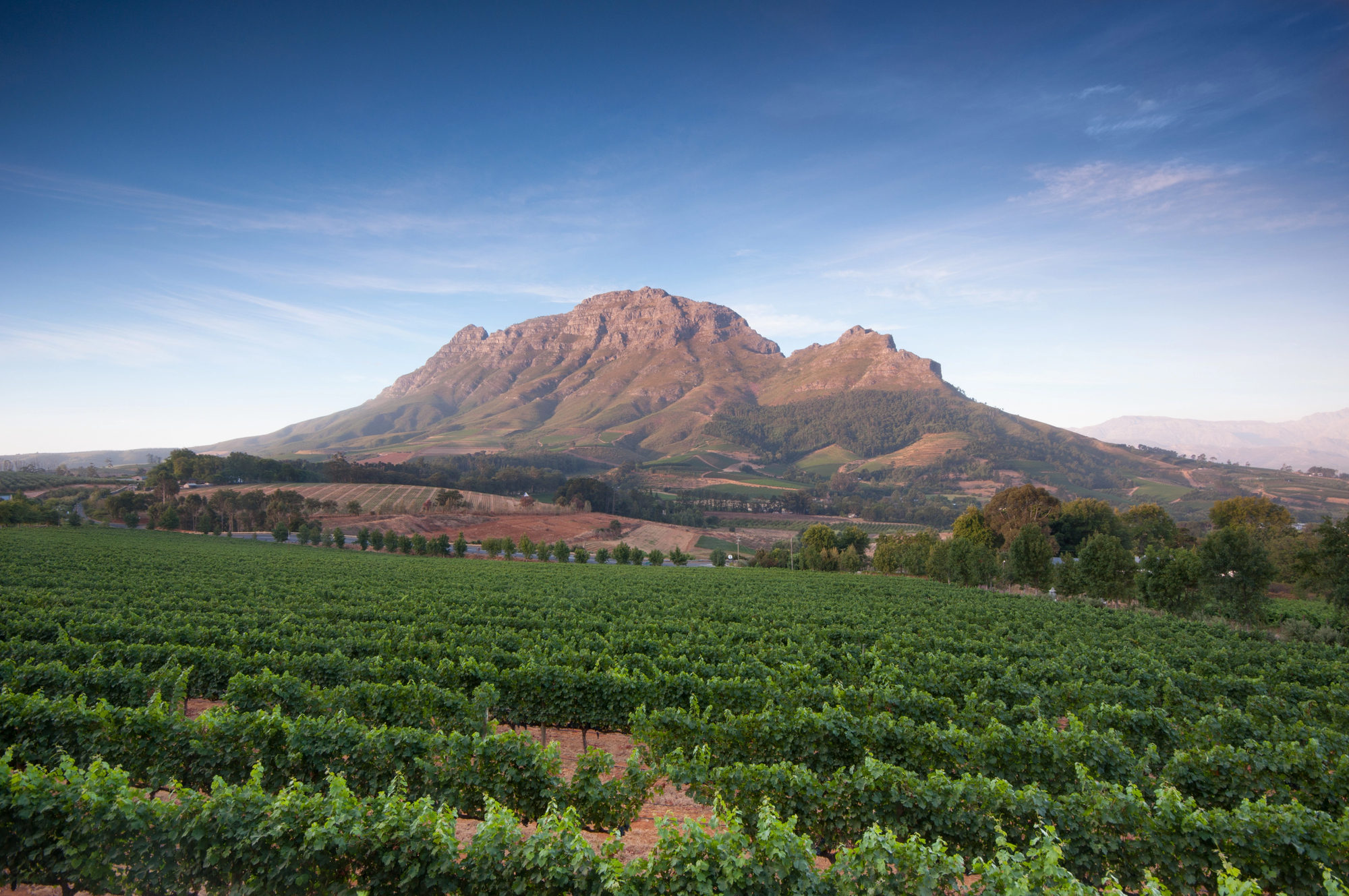
South African wine regions like Stellenbosch offer an excellent introduction to both Old and New World winemaking styles at prices that won’t break the bank. The region produces fantastic Chenin Blanc that’s versatile and approachable, plus robust red blends that combine international grape varieties with local flair.
South African wines often punch above their weight in terms of quality versus price, making them perfect for beginners who want to taste widely without spending heavily.
Like Travel Pug’s content? Follow us on MSN.
Alsace, France
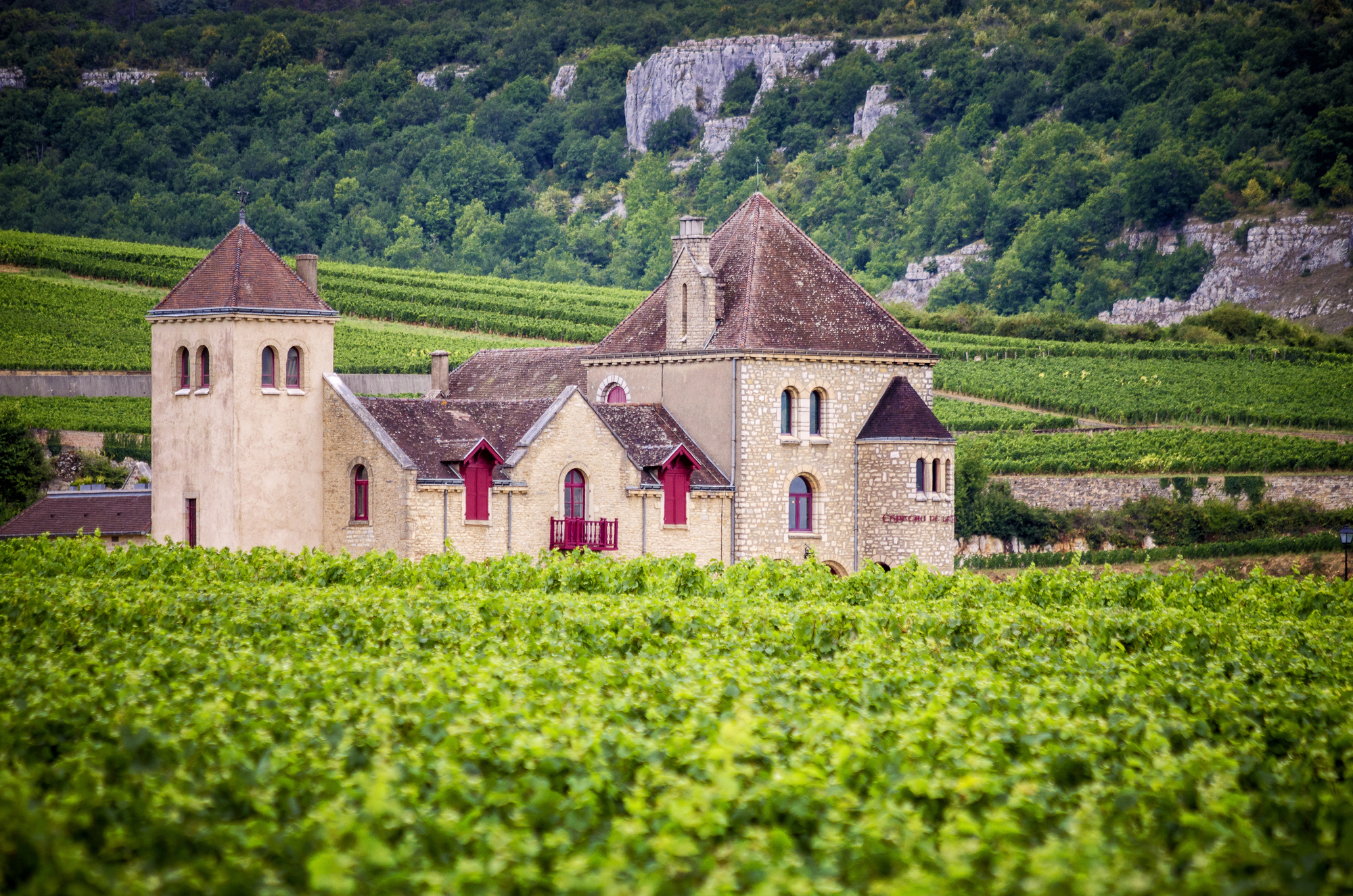
Alsace sits right on the border between France and Germany, which explains why their wines combine French elegance with German grape varieties in the most beginner-friendly way possible. The region’s Rieslings and Gewürztraminers are typically dry and food-friendly, despite what you might expect from these grape varieties elsewhere.
Alsatian wines are also labeled by grape variety rather than confusing regional names, making it much easier for beginners to know what they’re buying.
Hunter Valley, Australia
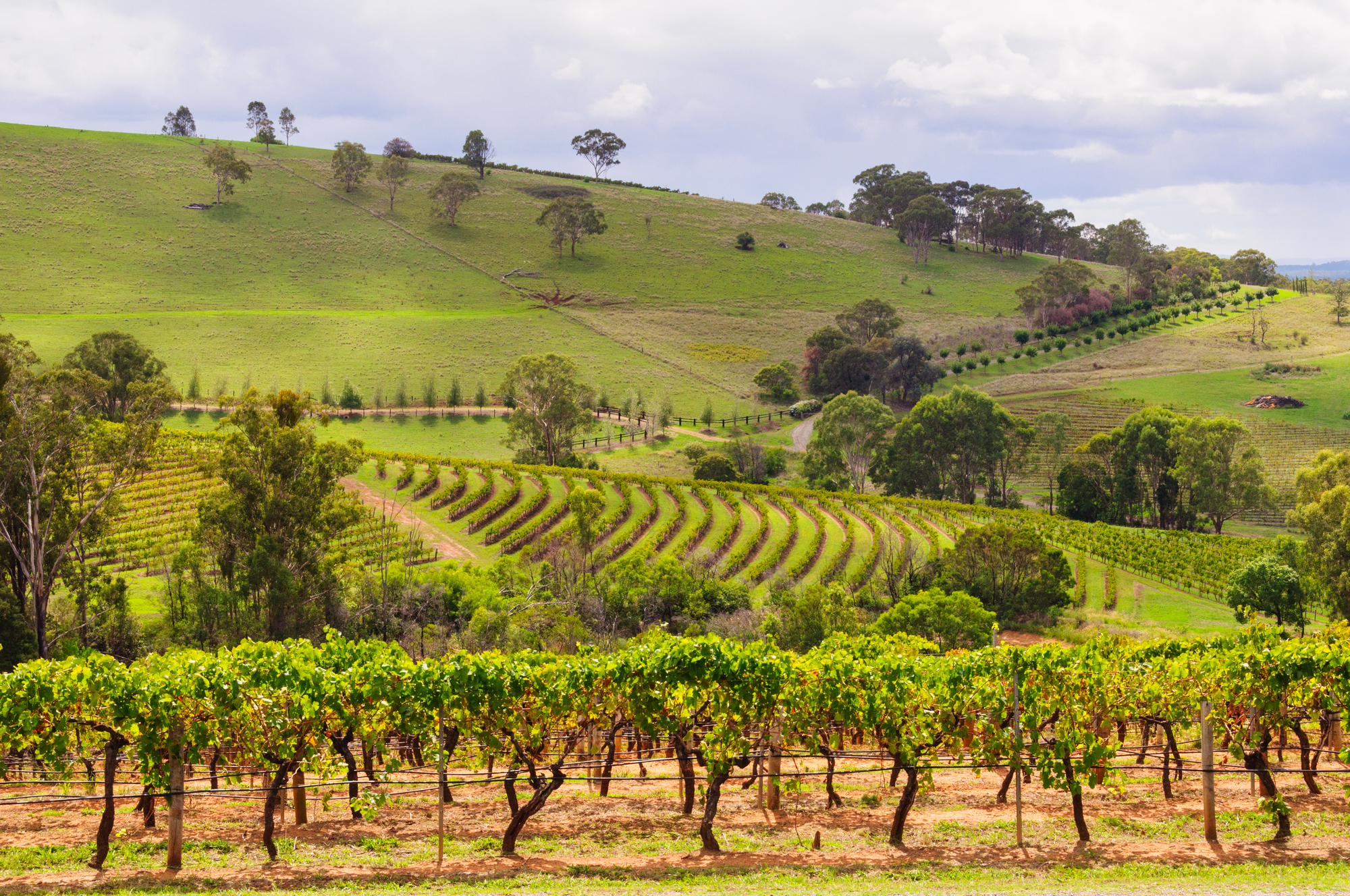
Australia’s Hunter Valley has been making wine for over 150 years, which means they’ve had plenty of time to figure out what works for everyday drinkers. The region’s Semillon wines are unique and age-worthy, while their Shiraz tends to be more restrained and elegant than what you’d find in warmer Australian regions.
Hunter Valley wineries often focus on traditional winemaking methods that produce balanced, food-friendly wines rather than overly powerful styles that can overwhelm new tasters.
Mosel, Germany

German Mosel Rieslings offer the perfect introduction to understanding how climate and soil affect wine character, since the steep vineyard slopes create distinct microclimates that influence flavor. These wines tend to be lower in alcohol and higher in acidity, making them refreshing and easy to drink rather than heavy or overwhelming.
The region’s winemaking tradition emphasizes balance and finesse over power, resulting in wines that are elegant and approachable for beginners who want to develop their palate gradually.
Like Travel Pug’s content? Follow us on MSN.
Sonoma County, California
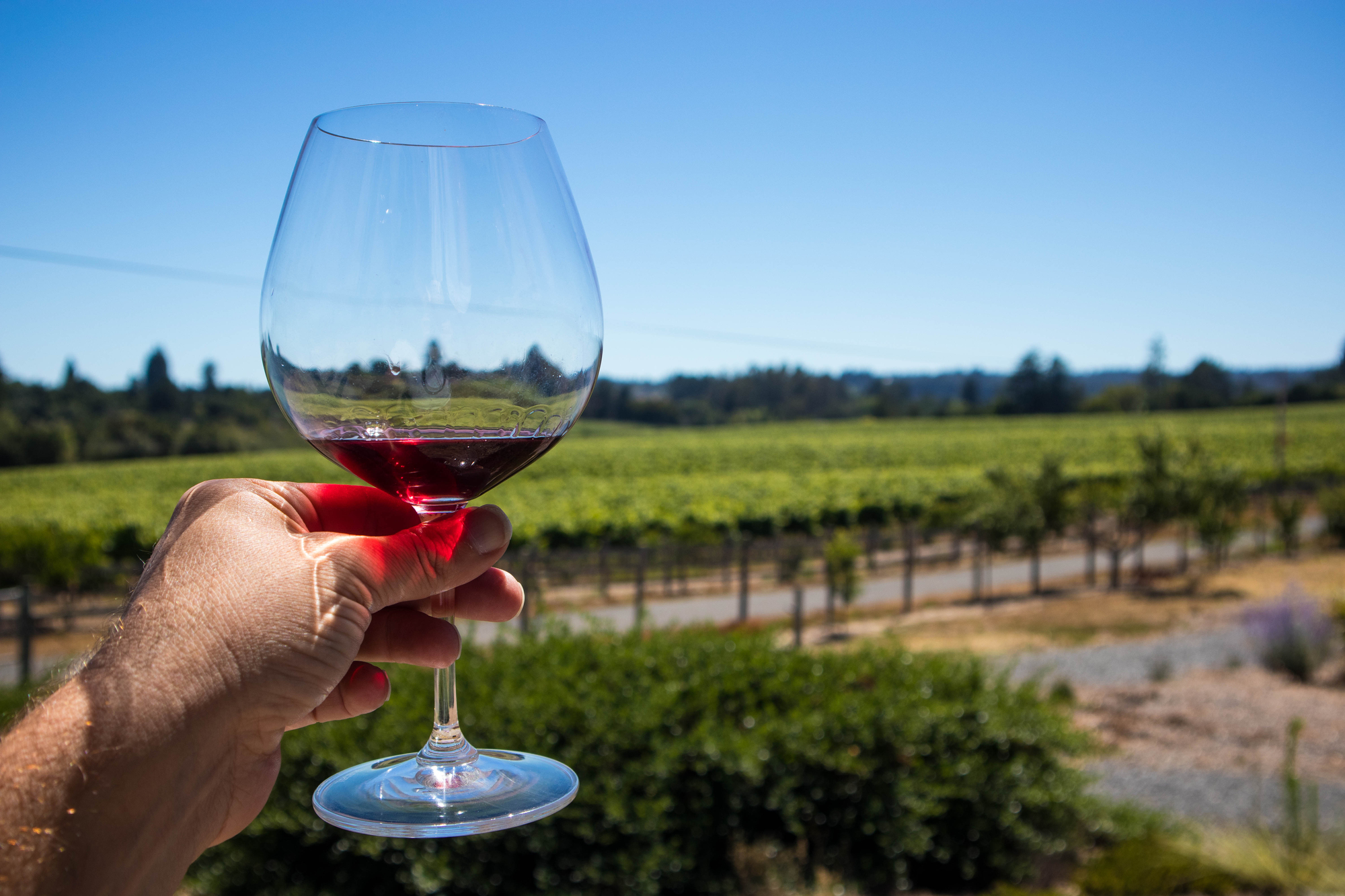
Sonoma County offers more diversity and generally better value than its famous neighbor, Napa Valley, making it ideal for beginners who want to explore different wine styles without paying premium prices. The region produces everything from crisp Sauvignon Blancs to robust Zinfandels, all with the sunny California character that most people find appealing.
Sonoma’s varied microclimates mean you can taste how different growing conditions affect wine character, which is educational and fun for developing wine enthusiasts.
Beaujolais, France
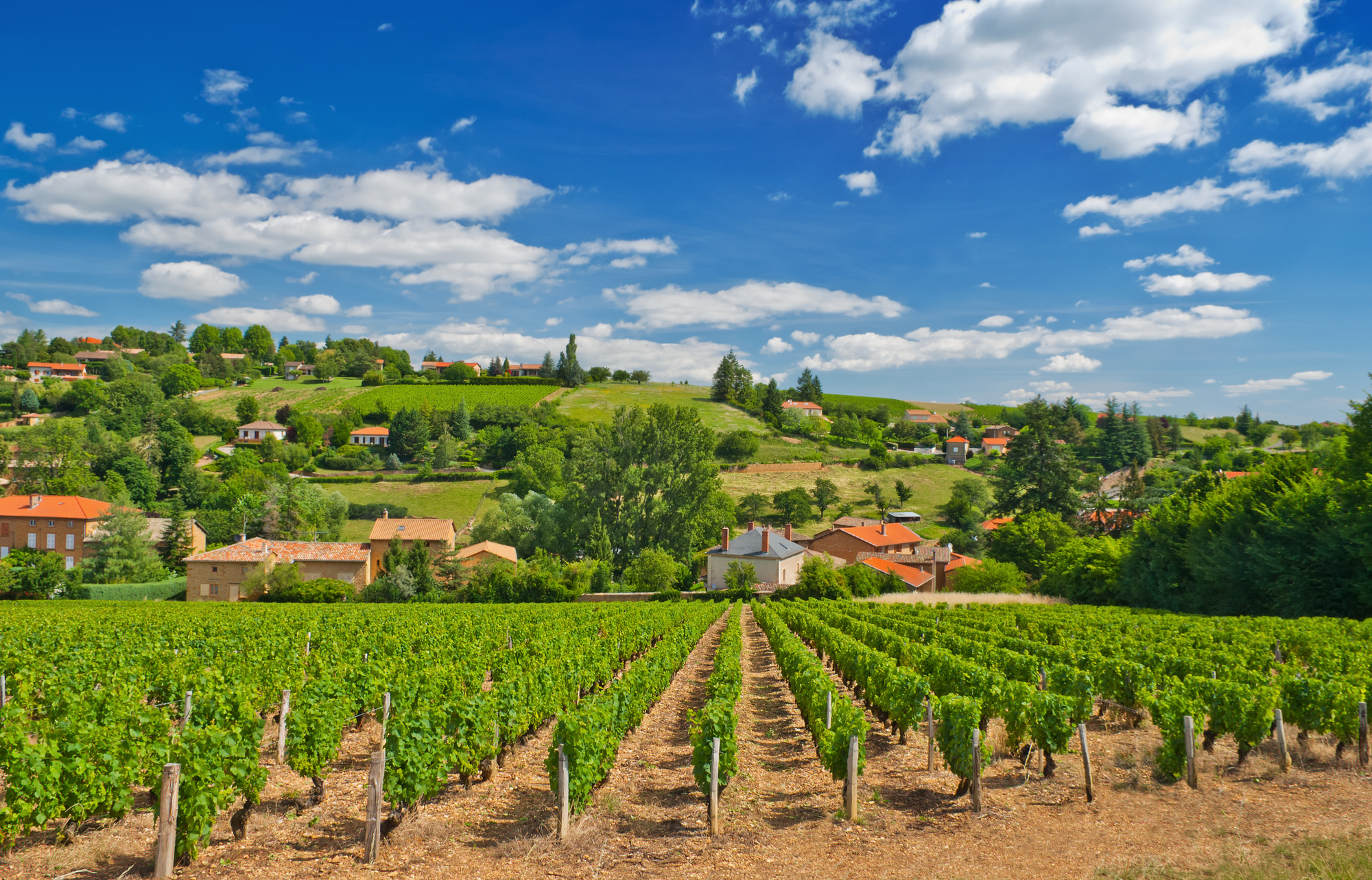
Beaujolais produces some of the most approachable red wines in all of France, using Gamay grapes to create light, fruity wines that are perfect for people who think they don’t like red wine. These wines are typically served slightly chilled and pair well with a wide variety of foods, making them incredibly versatile for everyday drinking.
The region’s winemaking style emphasizes fresh fruit flavors over heavy tannins or oak aging, resulting in wines that are immediately enjoyable rather than requiring years of cellaring.
Hawke’s Bay, New Zealand
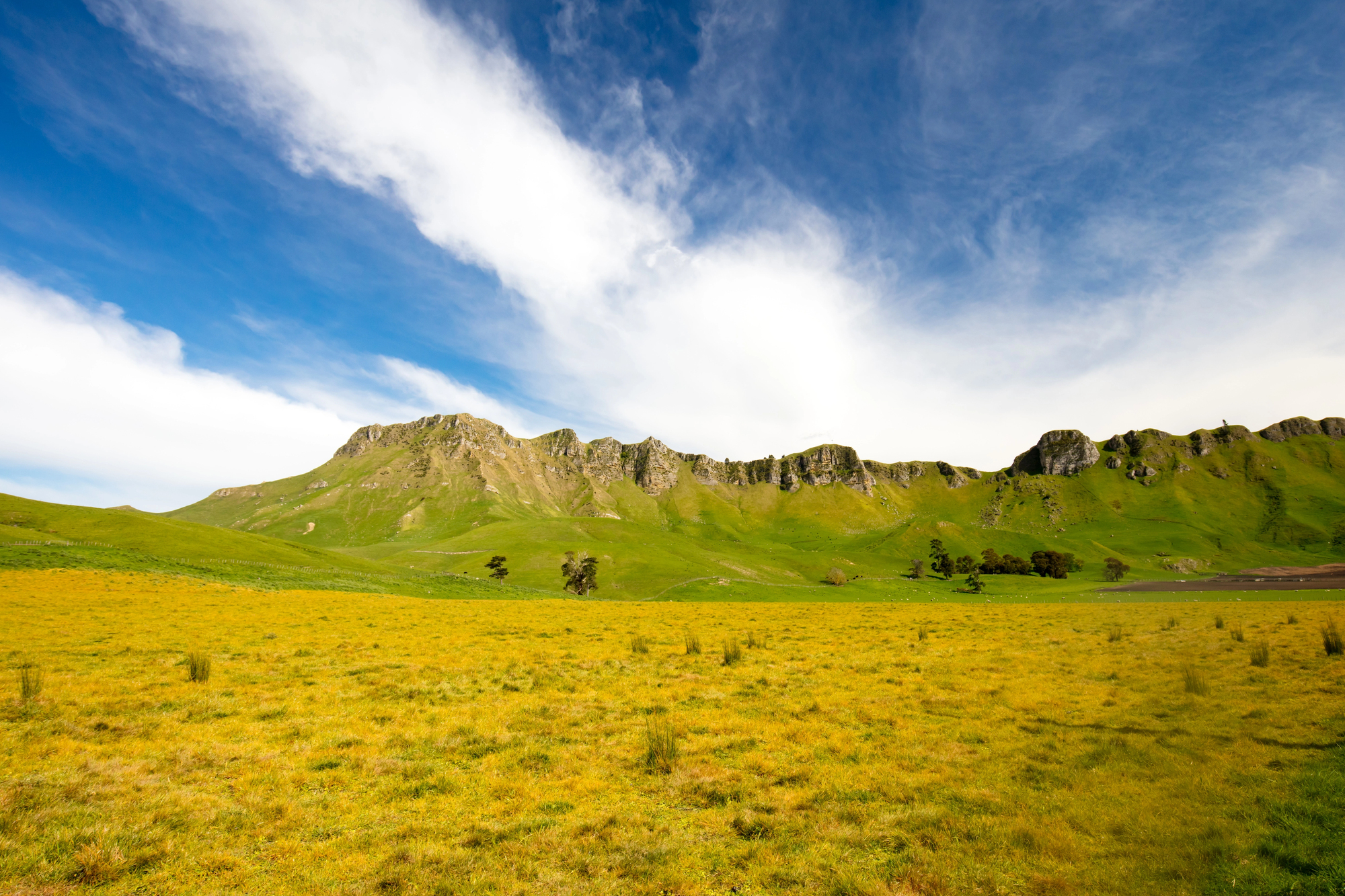
New Zealand’s Hawke’s Bay region produces excellent red wines that showcase how cool climate winemaking can create balanced, food-friendly bottles perfect for beginners. The region’s Merlots and Cabernet Sauvignons are more restrained than their warm-climate counterparts, offering fruit flavors without overwhelming tannins or excessive alcohol.
Hawke’s Bay wines often display this distinctive minerality that comes from the region’s unique soils, giving beginners a chance to understand how terroir affects wine character.
Like Travel Pug’s content? Follow us on MSN.
From Grape to Glass
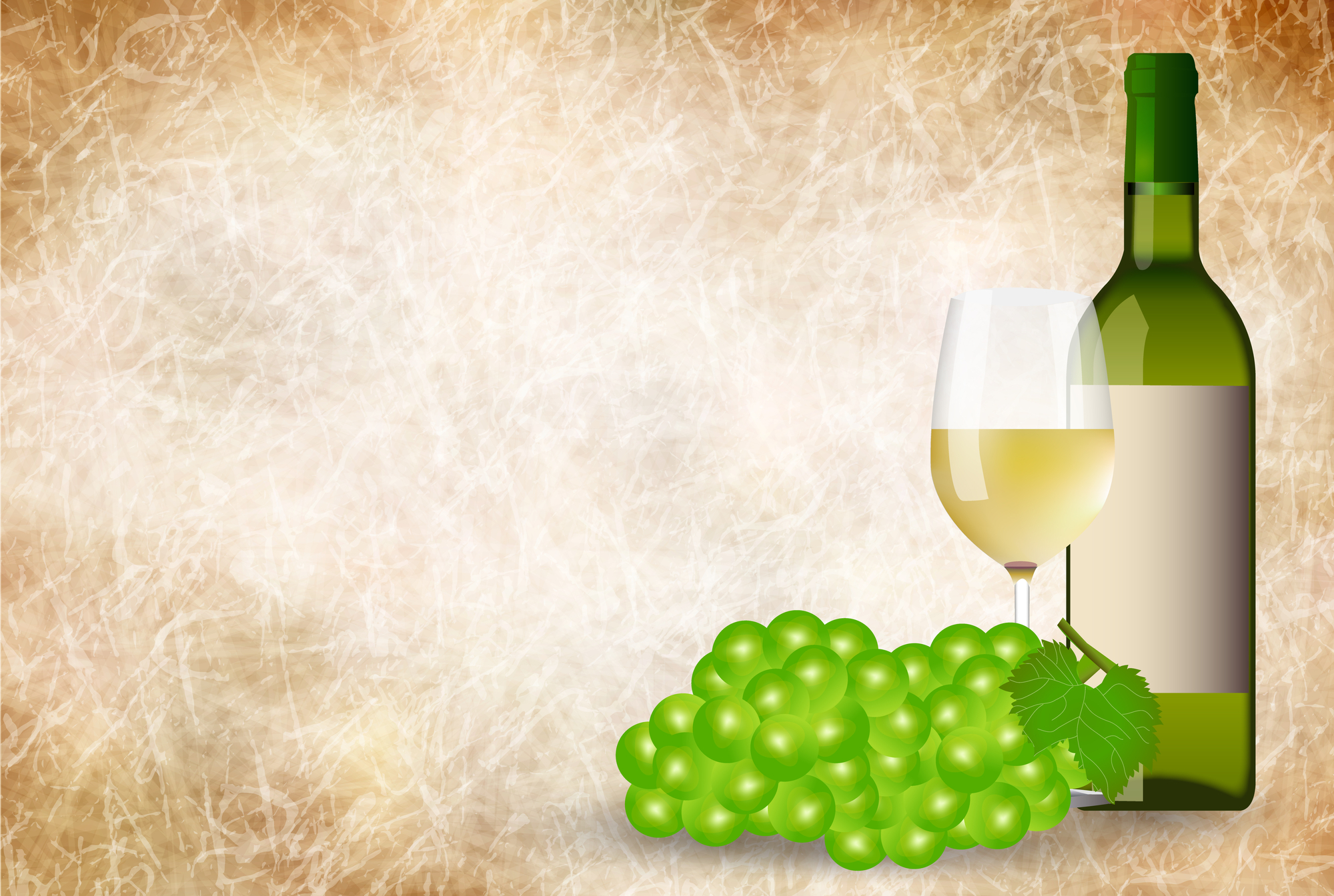
These wine regions prove that great wine doesn’t have to be complicated or expensive to be enjoyable and educational. Each region offers its own approach to winemaking, from Australia’s straightforward fruit-forward style to France’s more traditional methods, giving beginners plenty of opportunities to discover their preferences.
The best way to develop your wine palate is to taste widely and pay attention to what you actually enjoy rather than what you think you should like. As you explore these regions, you’ll start noticing patterns in your preferences that will guide you toward the wines and styles that bring you the most pleasure.
.More from Travel Pug

- 20 Best Beach Towns in the Carolinas
- 13 Destinations Where Tourists Regularly Regret Their Trip
- 20 Destinations That Are More Magical Without an Itinerary
- 20 Underrated Adventures That Belong on Your Travel List
- 20 Cities Where You Should Just Wing It, No Planning Required
Like Travel Pug’s content? Follow us on MSN.
